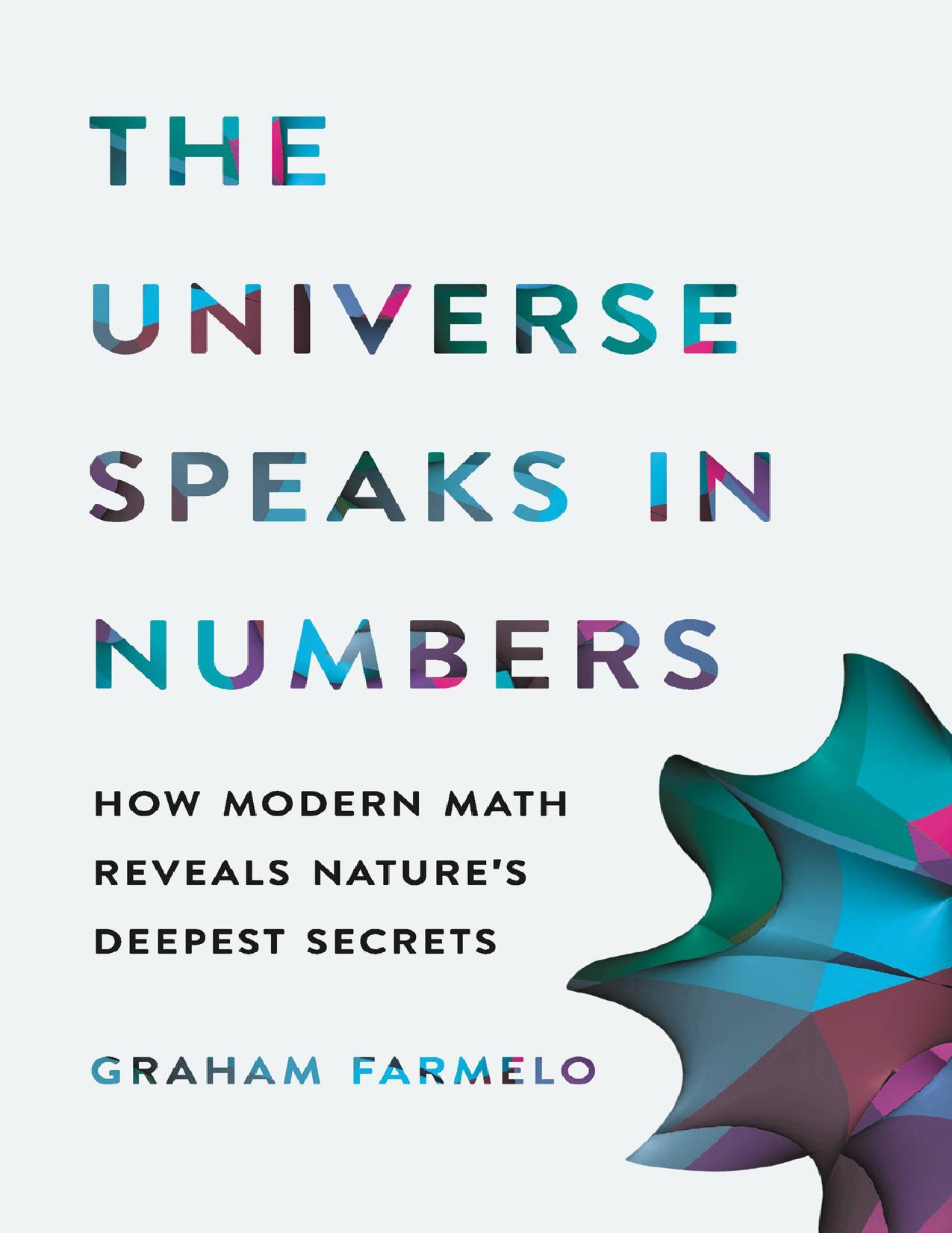The Universe Speaks in Numbers by Graham Farmelo

Author:Graham Farmelo [Graham Farmelo]
Language: eng
Format: epub, azw3, pdf
ISBN: 9780571321810
Publisher: Faber & Faber
Published: 2019-05-02T16:00:00+00:00
By the mid-1970s, physicists and mathematicians all over the world had noticed that gauge theories and geometry were connected. Among the first to spot the connection was Frank Yang, a co-discoverer of modern gauge theory. Having left the Institute for Advanced Study in 1966, forty-three years old and one of the mandarins of physics, Yang took up a post at Stony Brook University, on the north shore of Long Island.26 He was joined on the Stony Brook faculty by the new and ambitious head of the mathematics department, the young topologist Jim Simons. The two became acquainted, got on well and raised record-breaking amounts of money on their campus to oppose US involvement in the Vietnam War. Their next collaboration was even more successful. It began when Simons pointed out to Yang that the form of the equations of gauge theory and Einstein’s theory of gravity seemed to indicate that the theories were related to a branch of topology known as ‘fibre bundles’, a term that meant nothing to Yang. Simons recommended that he read the standard introduction to the subject, The Topology of Fibre Bundles, by the Princeton mathematician Norman Steenrod, whose presentation Yang declared unreadable. But he didn’t give up – he asked Simons to give a series of lunchtime lectures on the subject, going right back to basics, in the physics department. During these lectures, Yang finally understood what was going on, and by the mid-1970s he had concluded that gauge theories are best written in the language of topological mathematics.
A few months later, Yang and his friend Tai Tsun Wu, a theoretical physicist at Harvard, made a breakthrough. They identified several links between key concepts in gauge theories and counterpart concepts that feature in modern topology.27 The Wu-Yang dictionary, as it became known, enabled physicists and topologists to talk to each other about their subjects and to work towards a unified understanding of the physical and mathematical aspects of gauge theories. Only experts could understand the dictionary’s entries, but the very existence of these one-to-one correspondences between the key concepts in the two subjects was instructive for all physicists and mathematicians. Mathematicians could use their intuition to work on gauge theory, while physicists could use their intuition to work on topology.
This was yet another illustration that pure mathematics and theoretical physics were increasingly overlapping. Yang, a physicist to his fingertips, always insisted on drawing a sharp distinction between the two subjects – while mathematics is about abstract concepts in the Platonic world of ideas, physics is about understanding quantitative measurements made on the real world – the readings on meters, timing devices and so on. The more Yang looked at the relationship between mathematics and the theories of physics, the more fascinated he became. He learned that James Clerk Maxwell, who had been first to set out a mathematical field theory, had foreseen a century before that, to achieve a deep understanding, it was essential to use not only a description of motion but also ‘geometrical ideas’.
Download
The Universe Speaks in Numbers by Graham Farmelo.azw3
The Universe Speaks in Numbers by Graham Farmelo.pdf
This site does not store any files on its server. We only index and link to content provided by other sites. Please contact the content providers to delete copyright contents if any and email us, we'll remove relevant links or contents immediately.
The Complete Stick Figure Physics Tutorials by Allen Sarah(7307)
Secrets of Antigravity Propulsion: Tesla, UFOs, and Classified Aerospace Technology by Ph.D. Paul A. Laviolette(5309)
Thing Explainer by Randall Munroe(3877)
The River of Consciousness by Oliver Sacks(3538)
The Order of Time by Carlo Rovelli(3145)
How To by Randall Munroe(3033)
A Brief History of Time by Stephen Hawking(2960)
I Live in the Future & Here's How It Works by Nick Bilton(2935)
The Great Unknown by Marcus du Sautoy(2646)
What If?: Serious Scientific Answers to Absurd Hypothetical Questions by Randall Munroe(2637)
Midnight in Chernobyl by Adam Higginbotham(2483)
Blockchain: Ultimate Step By Step Guide To Understanding Blockchain Technology, Bitcoin Creation, and the future of Money (Novice to Expert) by Keizer Söze(2445)
Networks: An Introduction by Newman Mark(2360)
The Meaning of it All by Richard Feynman(2300)
Easy Electronics by Charles Platt(2281)
The Tao of Physics by Fritjof Capra(2229)
Midnight in Chernobyl: The Untold Story of the World's Greatest Nuclear Disaster by Adam Higginbotham(2177)
When by Daniel H Pink(2082)
Introducing Relativity by Bruce Bassett(2076)
